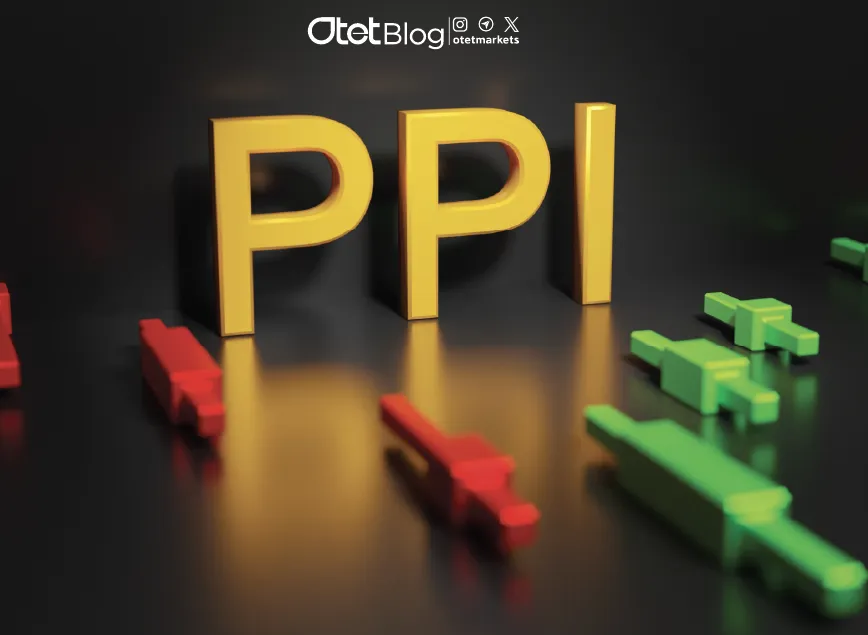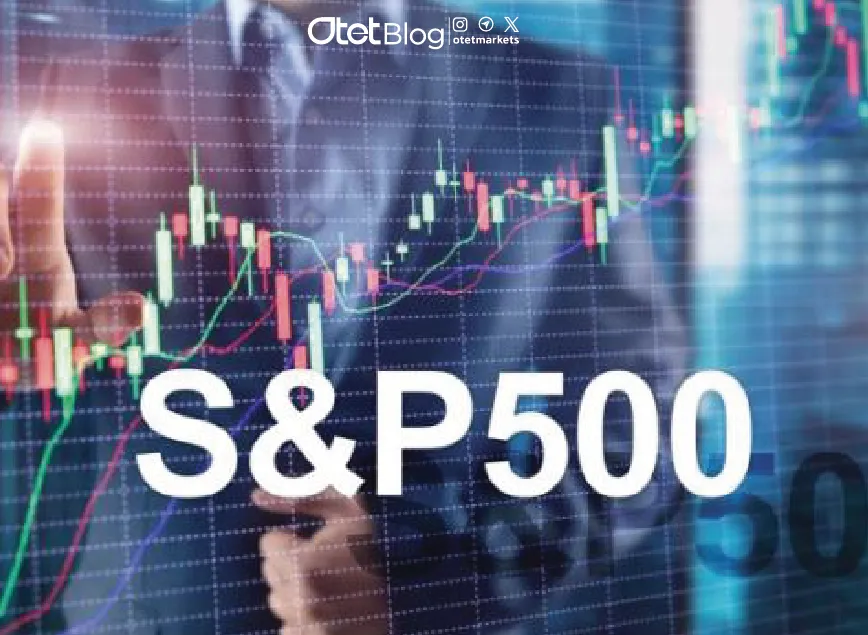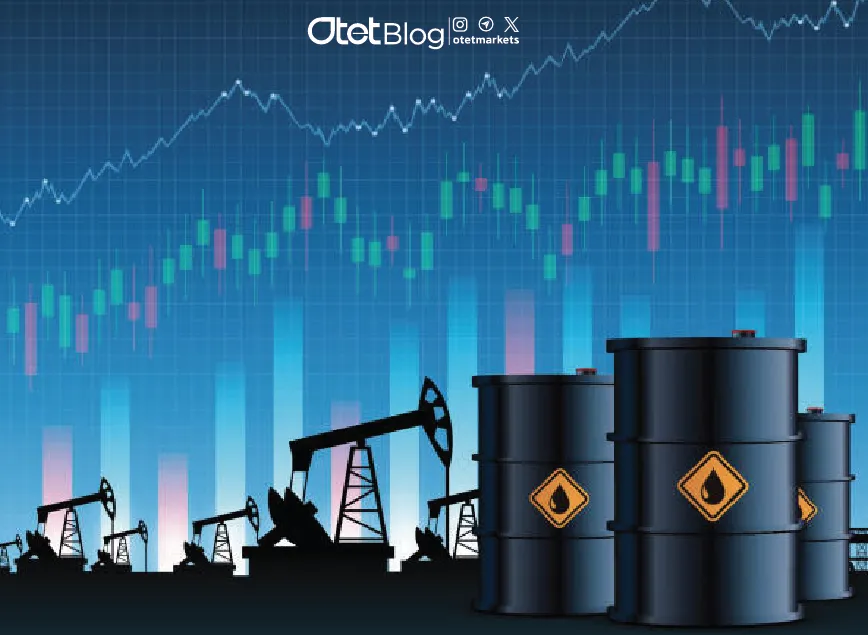
What Is the PPI (Producer Price Index) and Why Does It Matter?
Estimated reading time: 4 minutes
Table of contents
In the world of economic indicators, the Producer Price Index (PPI) stands as a powerful tool for understanding inflationary trends, company profitability, and even central bank policy decisions. While many investors focus on CPI (Consumer Price Index), smart analysts know that inflation often begins before it hits the consumer — and that’s where it shines.
What Is the PPI?
The Producer Price Index measures the average change in prices received by domestic producers for their goods and services over time.
It’s usually published monthly by official statistical agencies (such as the U.S. Bureau of Labor Statistics – BLS).
While CPI looks at inflation from the consumer’s perspective, PPI focuses on price changes at the production level — earlier in the supply chain.
What Does PPI Measure?
Producer Price Index tracks prices across three key stages of production:
- Finished Goods: Products ready for sale to consumers.
- Intermediate Goods: Items in the middle of the production process.
- Raw Materials: Basic commodities at the beginning of the supply chain.
This multi-level breakdown makes PPI an essential tool to monitor pricing pressure throughout the production cycle.
Why Is Producer Price Index Important?
- Leading Indicator of Inflation
Rising prices at the producer level often lead to higher consumer prices later.
→ PPI gives an early warning about inflation. - Profitability Gauge for Companies
If producers face rising costs but can’t pass them on to consumers, profit margins shrink.
→ PPI helps analysts assess earnings pressure. - Central Bank Insight
Central banks monitor PPI to gauge inflation and adjust interest rates.
→ Higher PPI can lead to tighter monetary policy.
How Does Producer Price Index Relate to Other Indicators?
| Index | Relation to PPI |
|---|---|
| CPI | Usually follows changes in PPI |
| GDP Deflator | Moves in the same direction but is broader than PPI |
| PMI (Manufacturing) | Strong correlation, as rising input prices can reduce manufacturing indicators |
| Interest Rate | Rising PPI typically pressures the central bank toward monetary tightening |
How to Use PPI in Market Analysis
For Short-Term Traders (Day/Swing):
Producer Price Index releases often trigger immediate market reactions.
Compare the actual number to forecasts — the surprise factor drives volatility.
- PPI > Expectations
→ Signals rising inflation
→ Increases chances of rate hikes
→ Likely effects:- USD strengthens
- Stocks fall
- Gold prices drop
- PPI < Expectations
→ Suggests weaker inflation
→ Decreases rate hike probability
→ Likely effects:- USD weakens
- Stocks rise
- Gold gains
Pro tip: Use a reliable economic calendar and combine Producer Price Index data with other releases like CPI or Core PPI for better insights.
Read More: What Is the PCE Index and Why Is It Important in Markets?
For Long-Term Investors:
- Track PPI trends over months/years
→ Persistent growth signals sustained inflation pressure
→ Important for evaluating bond yields, equity valuations, and sector rotation - Evaluate industry-specific impact
- Sectors like consumer staples, metals, and energy can pass on cost increases more easily
- Retail, airlines, and services often suffer when producer costs rise
Example:
If Producer Price Index shows rising metal production costs and steel companies are successfully raising prices, this industry may remain attractive.
But if costs rise and prices stay flat, caution is needed.
PPI-Based Trading Strategies
1️⃣ News Trading: Fast Reaction
Capitalize on short-term volatility right after PPI data drops.
Tools to watch:
- Forex pairs (EUR/USD, GBP/USD)
- Commodities (Gold – XAU/USD)
- Stock indices (S&P 500, NASDAQ)
2️⃣ Trend Trading: Inflation Momentum
Ideal for swing or position traders.
- Analyze Producer Price Index data over several months
- Identify inflationary trends
- Adjust exposure in sectors sensitive to producer costs
3️⃣ Macro Modeling: Big Picture Analysis
Used by economists and fundamental analysts:
- Incorporate PPI into inflation forecasts
- Use it to model future interest rates, bond yields, and sector performance
- Assess how different industries respond to cost pressures
Limitations of the Producer Price Index
- Doesn’t include taxes or transportation costs
- May lack full coverage of the service sector
- Not all short-term PPI spikes transfer to CPI
Read More: What Is Germany’s DAX Index?
Final Thoughts
The Producer Price Index is more than just a number — it’s a critical lens into inflation, business health, and policy direction. Whether you’re a short-term trader or a long-term investor, keeping an eye on PPI helps you stay ahead of the market and make smarter financial decisions.
Share
Hot topics

Federal Reserve’s Challenges to Trump’s New Policies
As the Federal Reserve Open Market Committee (FOMC) prepares for its upcoming meeting, all eyes are on how the Fed will respond to Donald Trump’s latest economic policies. With the...
Read more




Submit comment
Your email address will not be published. Required fields are marked *